Sick of hefty loans, oversized bills, and having too much stuff? You’re not the only one! A tiny home may be exactly what you need to make your life easier and more manageable. But before diving in, the question on most people’s minds is, are these homes really a good investment?
A tiny home’s low purchase price, slim utility bills, and strong Airbnb-style demand can deliver payback in just a few years while giving you portable equity and eco-friendly living. Just confirm local zoning and financing options first, as these two hurdles can trim returns.
In this guide, we will discuss what exactly are the costs and risks so that you can decide what is best for your future.
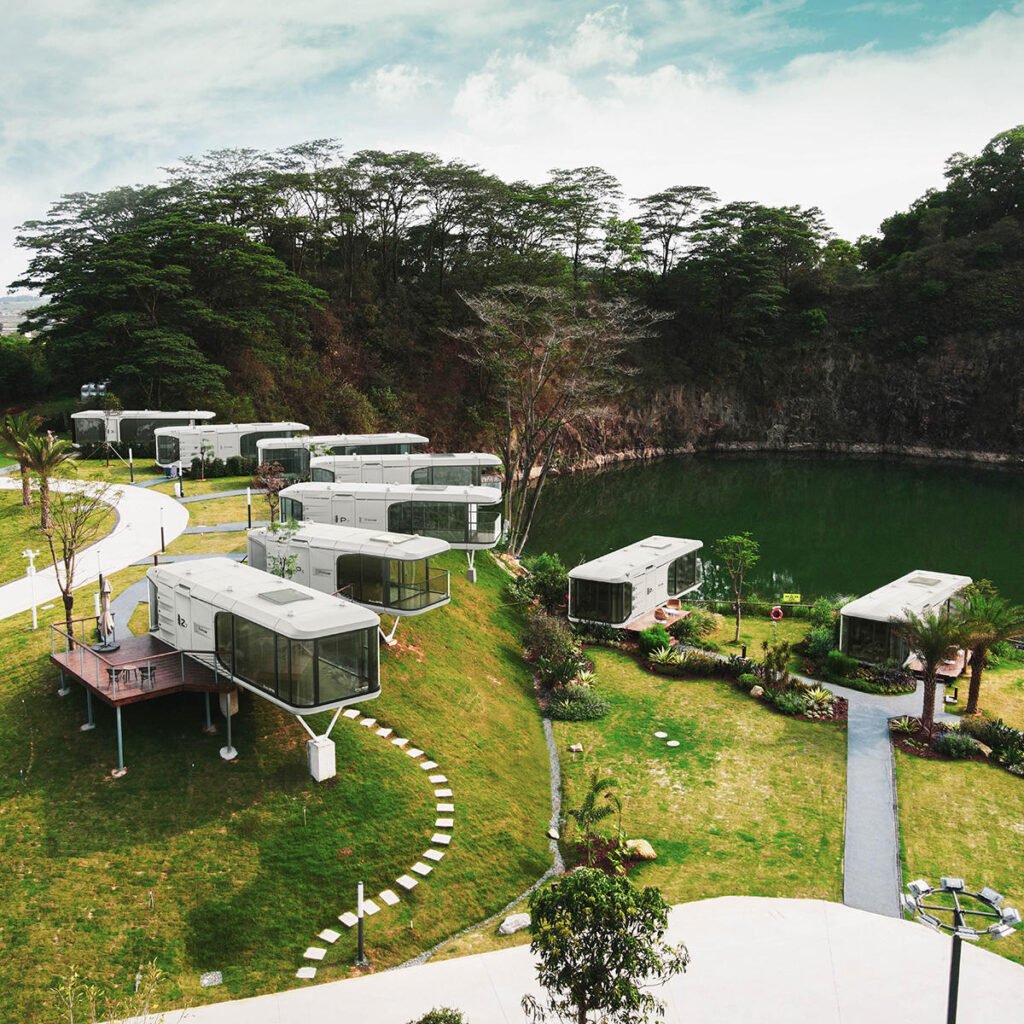
1) Initial Cost of Tiny Homes
If you’re considering purchasing a tiny home, I’m sure you want to know: Does it cost less than a traditional house? The answer is that in almost all situations, yes. Tiny homes are significantly cheaper upfront compared to traditional houses.
For instance, the price for an average house may exceed $300,000. On the other hand, tiny homes are significantly cheaper, ranging anywhere from $20,000 to $100,000 based on their design and additional features.
→ Different Types of Tiny Homes
While selecting a tiny home, it’s good to know that you will find various styles. Each type has its own look, price, and purpose. Let’s discuss the most popular types.
i) Tiny Homes on Wheels (THOWs): Tiny houses, often referred to as THOWs, can each be built on trailers. They can now be towed anywhere by a truck, and THOWs are convenient for individuals who travel or prefer flexibility.
With regards to the size and features included, the cost of a tiny home on wheels is approximately 30,000 to 80,000 USD.
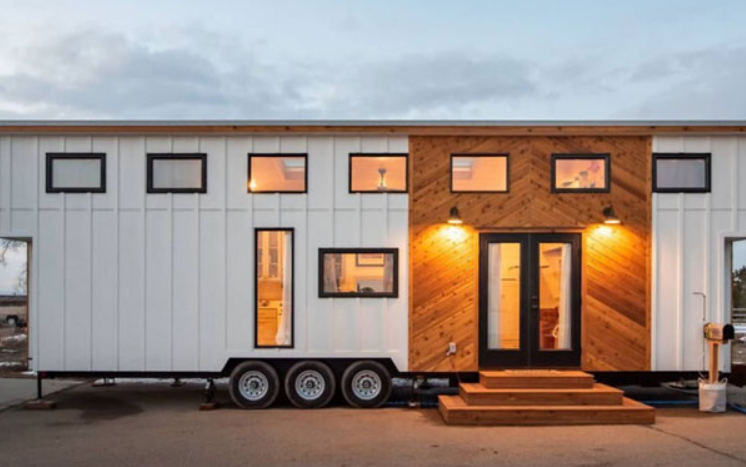
ii) Tiny Cabins: They are small wooden houses set on a fixed spot. For those who enjoy spending time outdoors, they can serve as vacation homes or offer a simple getaway lifestyle. As for tiny cabins, they are sold from $25,000 to up to $100,000, which of course depends on their size and design features.
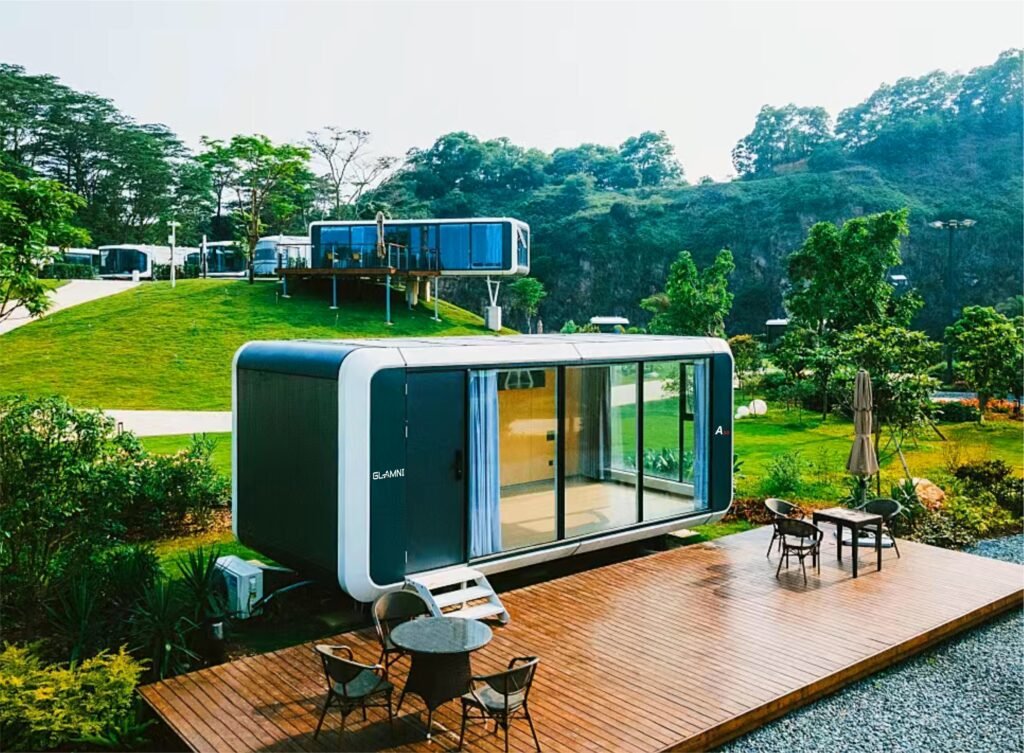
iii) Tiny Shipping Container Homes: They are constructed from steel shipping containers. They are durable and resistant to severe weather conditions. Most people find their contemporary, industrial appearance appealing.
In addition, containers can be stacked or combined for additional space. As with any custom build, the price of a shipping container tiny home typically ranges and is subject to windows between $20,000 and $70,000 based on construction and finishing features.
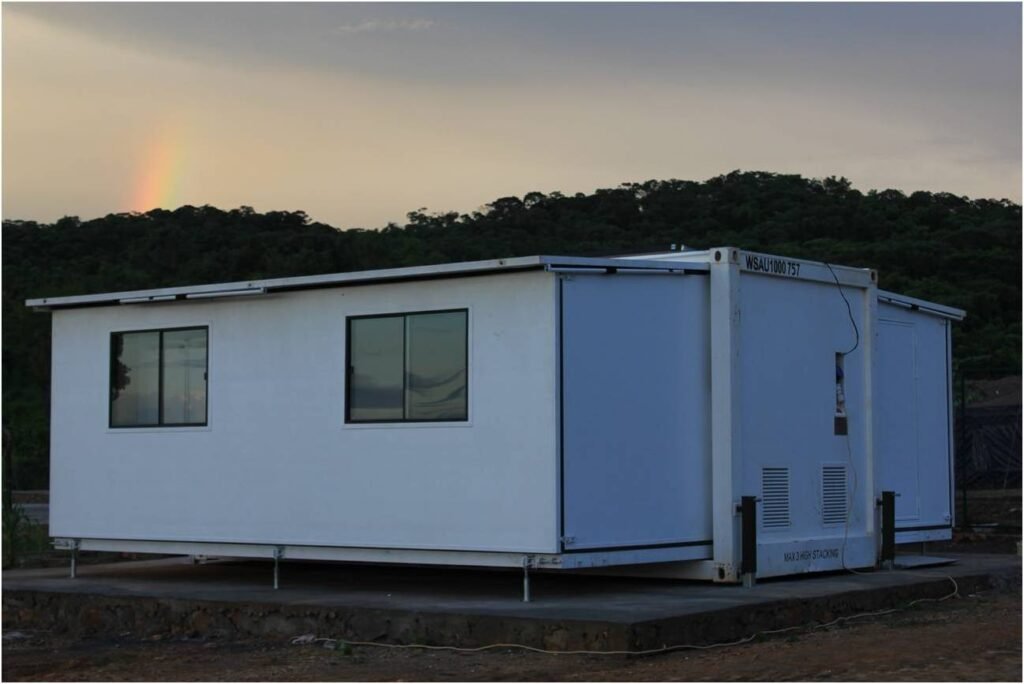
iv) Prefab Tiny Homes: These types of homes are constructed in a factory and brought to your land for delivery. They have modern conveniences and environmentally friendly materials, which save time during setup.
Eco-friendly upgrades greatly impact the pricing of these homes. Such a prefab tiny home will cost between $40,000 and 100,000 USD.
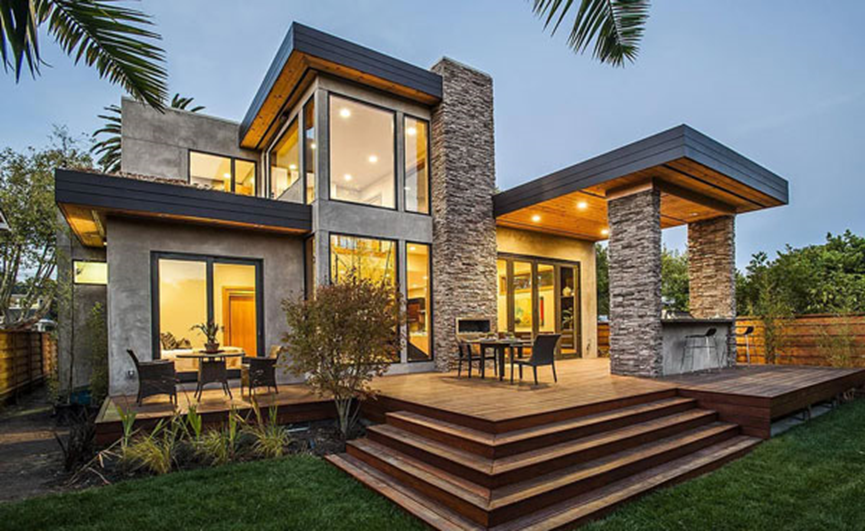
→ Financing Challenges for Tiny Homes
A tiny home often has more financing complications compared to a standard house. For traditional homes, banks provide standard mortgages. However, mortgages for tiny homes are not provided because they do not meet the minimum square footage requirements and do not have permanent foundations.
As a result, lots of buyers resort to:
- Personal loans
- RV loans for homes on wheels
- Credit unions or special lenders
While investing in tiny homes can offer a reduced upfront cost, be sure to prepare for potential planning hurdles.
2) Potential Financial Benefits
One major benefit of selecting a tiny home is saving money. It will show you how tiny houses not only help with expenses but also increase your income.
a) Lower Housing Expenses
First of all, a tiny home is much cheaper than a regular house. Depending on the model and features, they tend to sell between $20,000 and $100,000. That is far more affordable than the average home, which goes for $300,000 or above.
i) Eliminated mortgage payments: Due to the substantially lower cost of tiny homes, many people can avoid taking out a large mortgage. For some, these homes can even be purchased outright with savings.
If a loan is required, the payments are modest, and in many cases, loans are paid off ahead of schedule.
ii) Lower utility bills: Spending on utilities will be lower, too. Tiny homes cost less to heat, cool, and maintain as well as use water. In addition, many tiny homes are powered by the sun, which further reduces spending.
iii) Potentially lower property taxes: With tiny homes being smaller and more affordable, property taxes may be reduced. On the off chance that your tiny home is mobile, you may not incur any property taxes due to local regulations.
b) Opportunity for Financial Freedom and Saving
With lower monthly expenses, you have more financial freedom. With fewer payments to make, you will become capable of saving money each month. These additional savings can then be used to travel, start a new venture, or even retire ahead of schedule.
Actually, numerous owners of tiny homes report experiencing a reduction in stress and an increased enjoyment of life as a result of this simpler way of living.
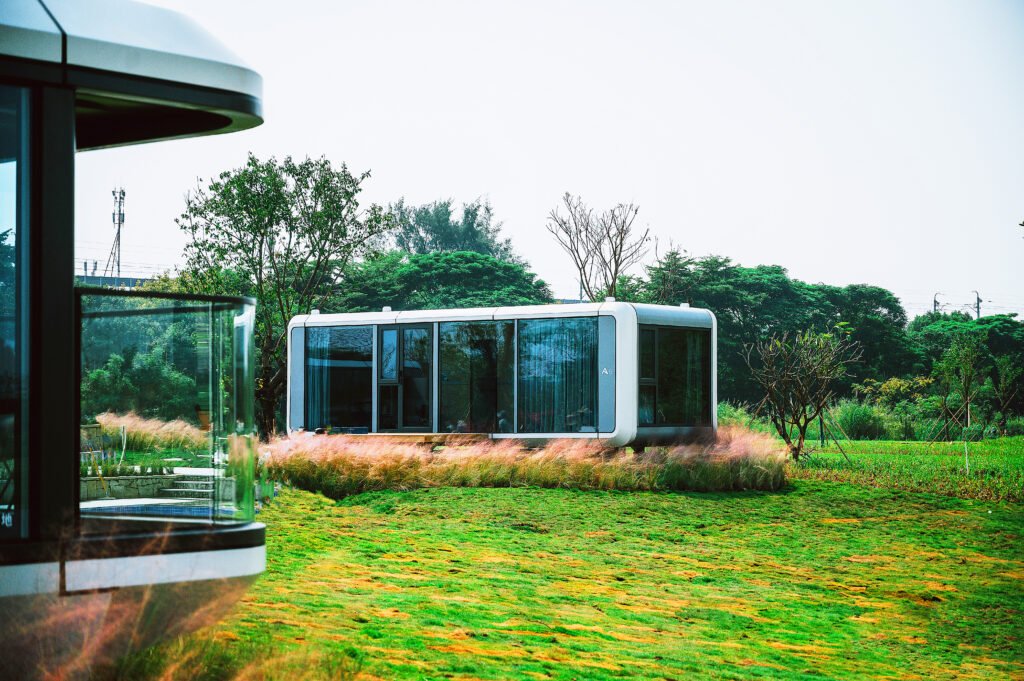
c) Potential for Rental Income
While saving money, a tiny home enables the possibility of generating extra income as well. You can rent it out short-term through platforms like Airbnb or VRBO. Alternatively, if you own land, you can place your tiny home there and offer it for long-term rental.
Some people take it even further by making tiny home communities. Earning money from these rentals can assist in propelling your tiny home mortgage payments or act as a consistent revenue stream.
3) Tiny Homes Appreciation/Resale Value
I’m sure you’re curious, will living in a tiny home appreciate over the years? The short answer is it depends. Unlike traditional houses, tiny homes have unique considerations that limit appreciation. In this section, we will discuss the challenges with appreciation and factors that influence the Resale Value of tiny houses:
i) Challenges with Appreciation
First, a majority of tiny homes do not qualify as real estate properties. More often than not, they are categorized as vehicles or personal property. Due to this classification, tiny homes do not appreciate in value the same way a traditional house or piece of land would.
Furthermore, there is often a shortage of comparable sales data. In numerous regions, there are insufficient tiny home sales to assist appraisers in establishing a definitive value. This may complicate the process when trying to determine how much your tiny home is worth during resale.
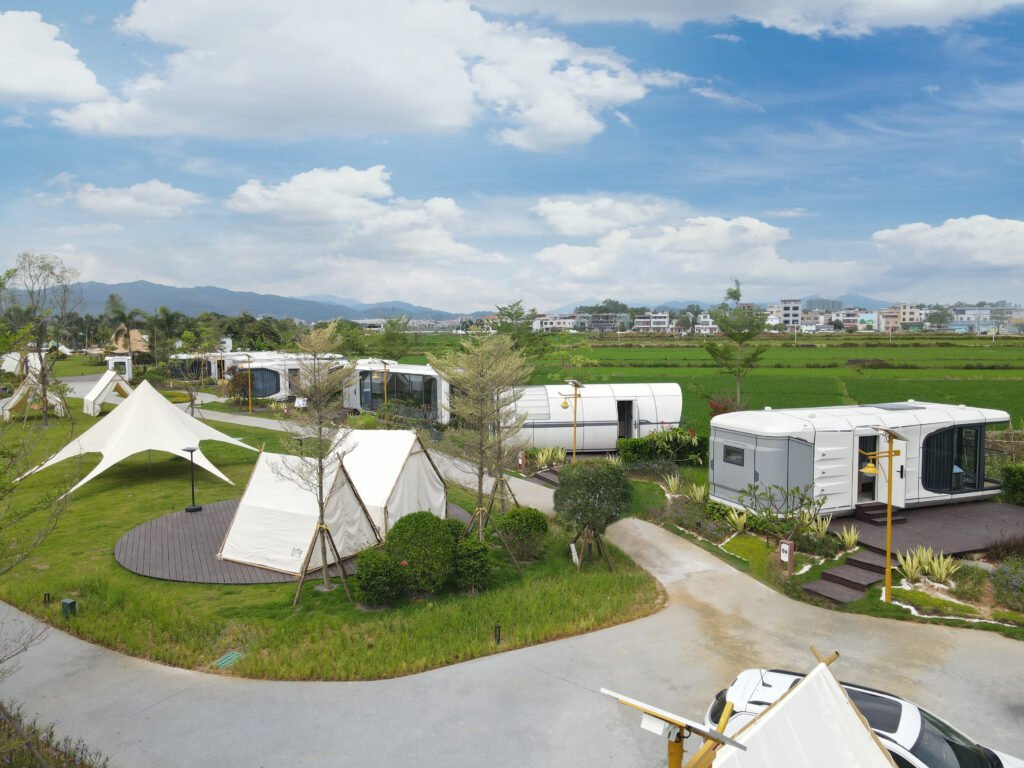
ii) Factors That Influence Resale Value
However, certain tiny homes do maintain their value. Here we will discuss some factors that can aid in resale value:
- Condition and quality of the build: Like any other property, taking care of your tiny home will increase its resale value if it was constructed from high-quality materials.
- Mobility: If your tiny home can be moved easily, it might have wider appeal to prospective buyers. Moreover, THOWs (Tiny Houses on Wheels) can be sold to buyers from different geographical areas, which sustains demand effectively.
- Location and demand in specific areas: In certain regions, tiny homes are increasingly capturing attention. If your house is situated in a sought-after location for tiny homes, it can enhance its resale value.
- Legal status and zoning regulations: Finally, the compliance of your tiny home with the particular parcel of land improves its value. A buyer is willing to pay more when he or she knows that the structure can be occupied legally without restrictions.
4) Lifestyle and Non-Financial Considerations
Aside from budgeting and comparing prices, it’s important to reflect on how the tiny home living will intertwine with your daily routines; thus, a lifestyle approach should be taken. In this section, we will examine some important non-financial factors.

i) Enjoy the Value of Minimalism and Decluttering: Residing in a small home comes with a number of advantages, including the ability to enjoy a minimalist lifestyle. You are required to declutter and only keep essentials, which is liberating for many.
This enables one to feel more organized, lighter, and less burdened.
ii) Gain Increased Mobility and Flexibility: Numerous tiny homes provide additional convenience and flexibility. In the case that your tiny home is mobile, it can be moved at any time.
Even if it’s a fixed relocatable structure, its small size and ease make relocating hassle-free. You will not be bound to a single region for many years.
iii) Lower Your Environmental Footprint: If you are specifically looking to lessen your environmental impact, a tiny home may be ideal for you. There is significantly less energy consumption and material usage.
Some owners install solar panels, composting toilets, and rainwater collection systems. Tiny homes certainly help if you’re concerned about nature.
iv) Understand the Challenges of Living in a Small Space: Like anything else, tiny living comes with its problems. You will have to adapt to a significantly smaller area. You need to be organized since there is limited storage.
For families and individuals who prefer having space around them, this type of living may feel very cramped. So, carefully consider whether the arrangement works for you.
5) Potential Downsides and Risks
Though tiny homes have a multitude of advantages, it is also good to consider the potential disadvantages. Understanding these possibilities will guide you towards making an informed decision.
– Zoning and Legal Restrictions: First of all, the legal landscape is quite intricate, given the fact that you have to navigate a sea of zoning laws in order to find legally permissible places for tiny homes.
– Financing Difficulties: Moreover, your local bank may not have the option of providing traditional mortgages for tiny homes. Personal loans and specialized lenders are your only recourse, though they often come laden with sky-high rates.
– Insurance Challenges: Additionally, obtaining insurance for a tiny home can pose problems. Some companies may place higher fees or refuse coverage altogether.
– Limited Space and Lack of Privacy: As expected, tiny homes come with extremely limited space. For couples or families who plan to live together in these homes, it can feel very crowded, as well as offer a feeling of closeness that could diminish privacy.
– Potential for Depreciation: In the end, tiny homes may have depreciation issues. Like other forms of personal property, they are unlikely to appreciate in value as much as traditional houses do.
6) Tiny Homes as an Investment: Different Perspectives
Evaluating tiny homes as an investment requires considering various factors. Here we will discuss some perspectives from which you can assess their value:
Perspective | Key Point |
Financial Freedom & Lower Expenses | Helps you save money and live debt-free |
Traditional Real Estate Investment | Regular homes usually gain more value over time. |
Lifestyle Investment | Great for a simple, eco-friendly way of living. |
Personal Goals & Situation | The best choice depends on your own needs and plans |
Johnny Le from Quora says that a tiny house is a smart investment because you can often pay cash or have a small loan, saving you $1,000+ per month. If you live in it for 5–10 years, the savings really add up.
For example, if your rent is $1,500 a month, the tiny house can pay for itself in 1–2 years. After 5 years, you can resell it for nearly the same price. He also suggests adding a raisable ceiling to improve comfort.
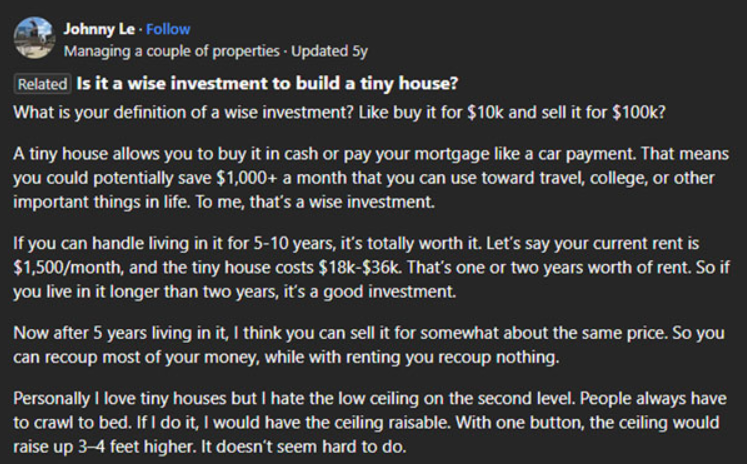
Conclusion
Ultimately, the decision to purchase tiny homes as an investment asset hinges on your goals. With this housing type, you can achieve a stylized living with more freedom, lower costs, and a simple lifestyle. But it may not offer the same financial gains as traditional real estate.
Here at Space Capsule House, we craft exceptional tiny homes tailored to your specifications. Start your journey into tiny living today! Give us a call to discover more.


